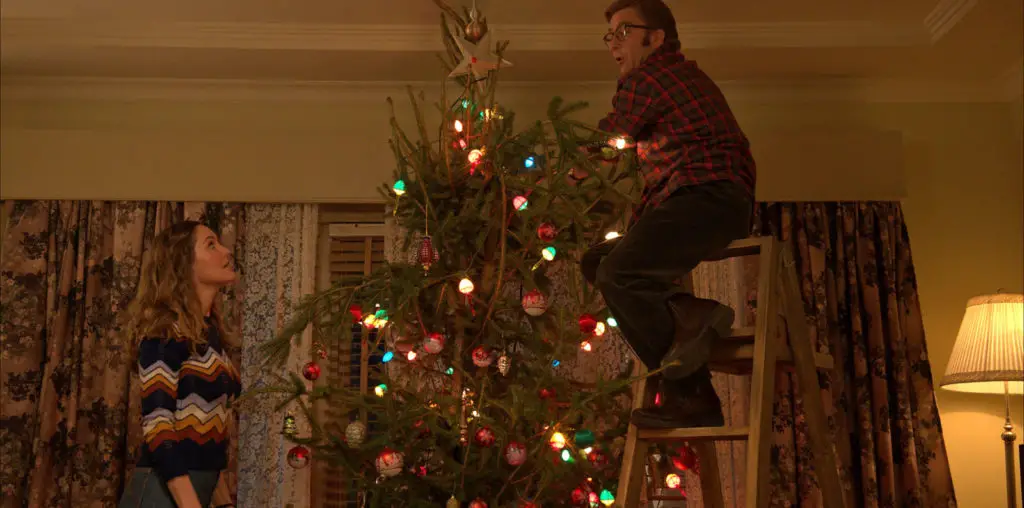
In a remote corner of the planet Arcana, an aging botanist lives a solitary existence with his puppet, Palme, who has been inert since the death of Xian, the botanist’s wife. They are visited one night by Koram, a wounded warrior from the Sol tribe who gives the mystical ‘Egg of the Roof’ to the old man, telling him it must be taken to the legendary realm of Tamas (Below). She disappears soon after, just as the men pursuing her burst in, searching for the Egg. The botanist, ever the crafty type, has hidden the Egg’s capsule within the puppet. Displeased at this turn of events, Koram’s pursuers kill the old man, and it is left to Palme to take the Egg to the land Below.
“A Tree of Palme” is, strictly speaking, a remake of “Pinocchio.” Luckily, its striking alien setting keeps it from becoming just another retread (or something truly hideous, like Roberto Benigni’s latest atrocity). Palme’s quest to return the Egg to Tamas (and, in so doing, become human) takes him through an amazingly detailed world. The landscapes, designed by writer-director Takashi Nakamura (who worked on the anime classic “Akira”), are especially impressive.
Palme acquires a few companions for his journey, including Pu and Mu – twin mutant street urchins; Shatta – an orphan from Tamas; and Popo – an unloved little girl whom Palme imprints upon because she reminds him of Xian. As this is ostensibly a children’s movie, there’s also Barron – Palme’s “crow-snake” (think Godzuki without the smoke rings). Together, they make the trip to the last known entrance to Tamas in order to return the Egg to “Soma,” the great life-giving kuroop tree that lives, apparently, near the center of the world.
Yeah, I know. It gets spread pretty thick in places. Nakamura’s plot isn’t especially complicated, it just doesn’t make a whole hell of a lot of sense until near the end (when we find out whose hidden agenda is really guiding our hero’s destiny). In the meantime, Palme wants to be human, but he’s susceptible to making inhuman mistakes; Shatta is trying to help his long lost mother; Popo is resented by her mother; and everyone has abandonment issues. Even so, “A Tree of Palme” manages to sidestep many of the traditional problems mainstream viewers have with Japanese animation: big eyes, ludicrous comic expressions, and insufferably cute protagonists. Some of the characters in “A Tree of Palme” are, admittedly, annoyingly adorable, but the quality of most of the animation and the universality of Palme’s quest trump these shortcomings.
Animation alone can’t raise “A Tree of Palme” to the epic fantasy level of “Princess Mononoke,” unfortunately. Where the latter moves at a brisk clip, avoiding needless psychological navel-gazing, “Palme” can’t help examining the roots of the protagonists’ personality conflicts. The movie risks becoming needlessly depressing, and at 130 minutes is about 20 minutes too long.
Still, being “less excellent” than “Princess Mononoke” doesn’t preclude “A Tree of Palme” from being a pretty damn good film. The artwork is truly awesome to look at, and Nakamura has done some interesting things with the Pinocchio story. A little more tweaking and “Palme” could’ve been a classic. As it is, it’s still very deserving of attention.
